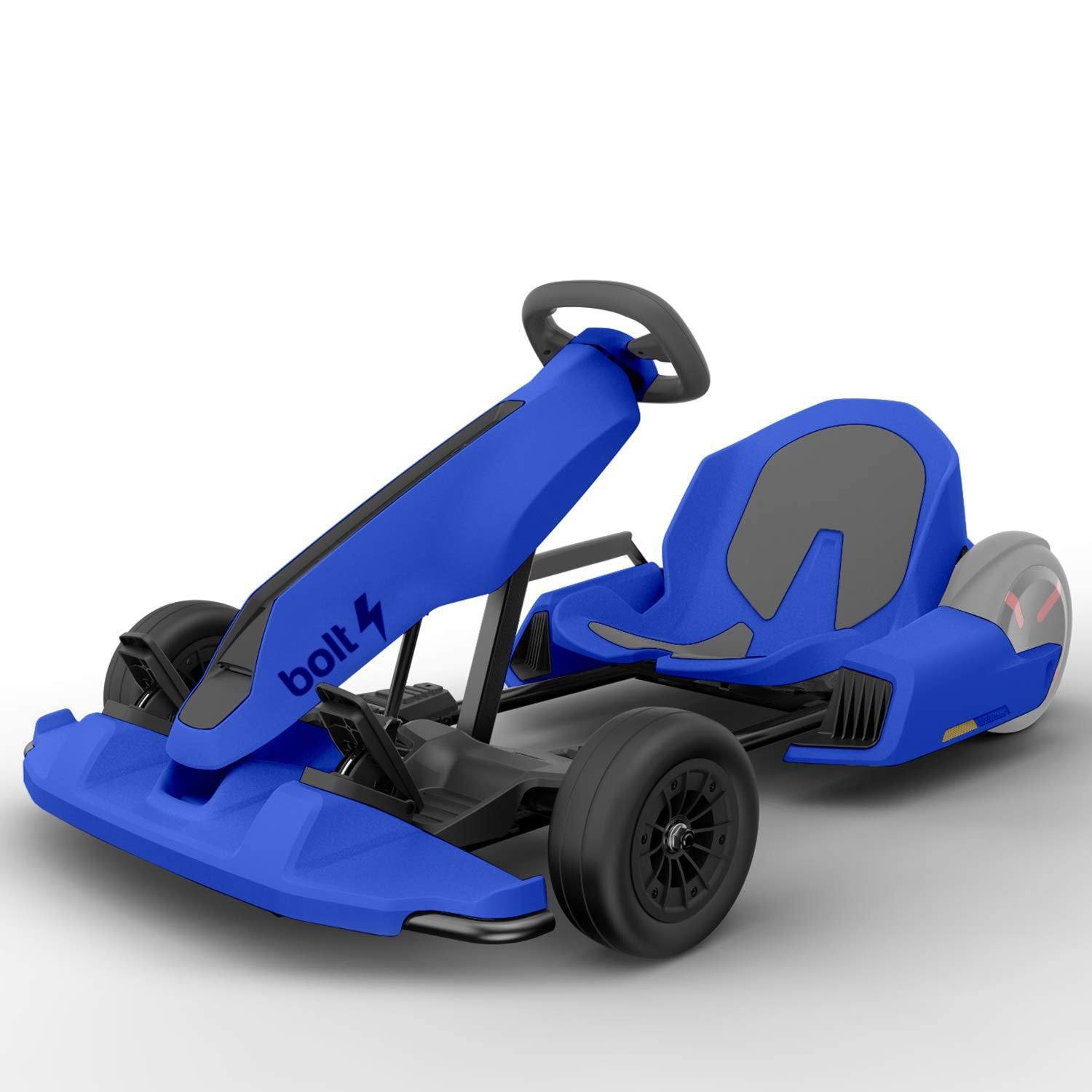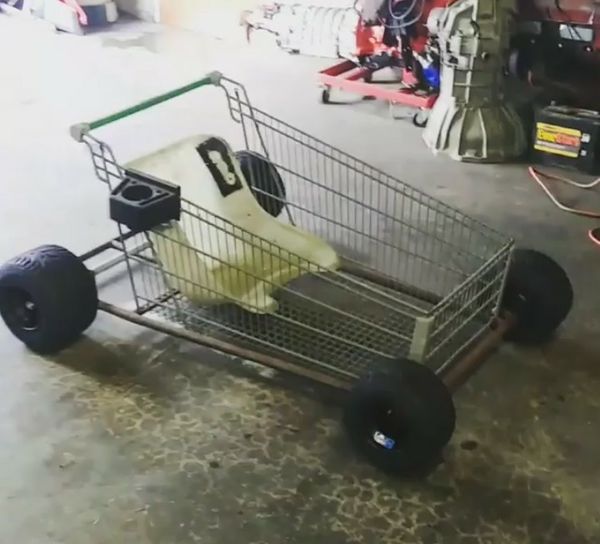

Threaded components are torqued together to create some form of axial preload. The final idea I want to touch on is the concept of torque and preload. The image below illustrates the concept of 2 cylindrical housings threading together. A flashlight bulb and battery tube is a good example. Threaded Components – these are most commonly shafts or housings (typically cylindrical) that have both been threaded to fasten together. These may be used instead of bolts for precision, ease of assembly, and reduced component play-likely a combination of factors in excess of what we’ve already mentioned. We can see three cap screws that are all going into tapped aluminum components. The image below illustrates a screw fastened into a threaded aluminum extrusion. The most commonly recognized difference between a screw and a bolt is that screws typically go into threaded holes while bolts go through 2 unthreaded components and fasten with a nut. Screws and Tapped Holes – With this type of connection, we are installing a screw into a hole that has been drilled and tapped into a housing or mechanical component. The image below shows an example of a bolt, nut, and flat washer. It is used on applications ranging from automobiles to cell tower antennas. There are many types of threaded connections, but the primary types are as follows:īolts and nuts – This is probably the most common and low cost type of threaded connection. The term “Thread Locking” is typically used for methods of ensuring the threads stay in place without loosening and will be used often in this article. This article will explore different methods to ensure that these types of connections stay together when we need them to. For example, the valve covers on an engine have to stay in place while driving, but we also need them to be removable, so we can service the engine components. The one similarity that ties them together is that these connections need to stay together when we want them to, but also come apart when needed.

Threaded connections, such as bolts and nuts, are used in a wide variety of applications, ranging from plastic toys to massive bridges.


 0 kommentar(er)
0 kommentar(er)
